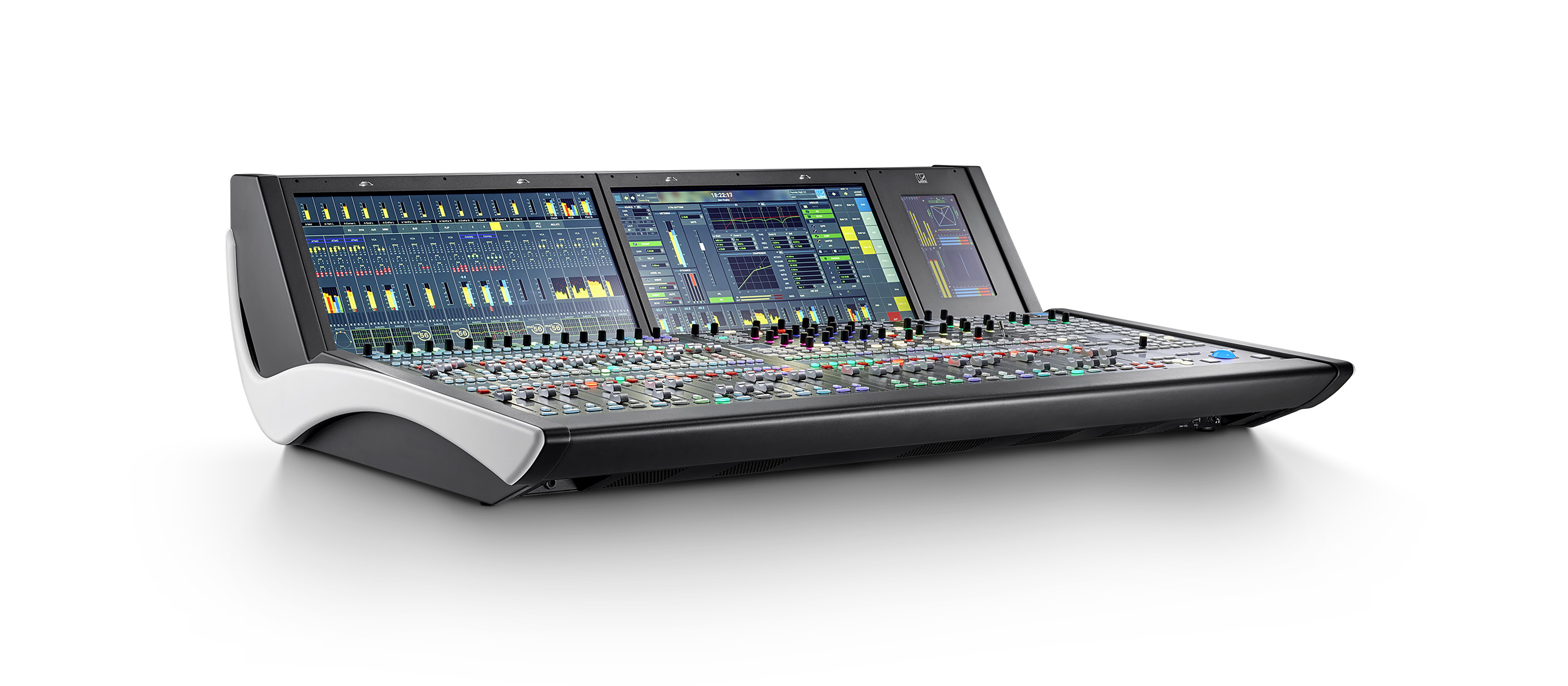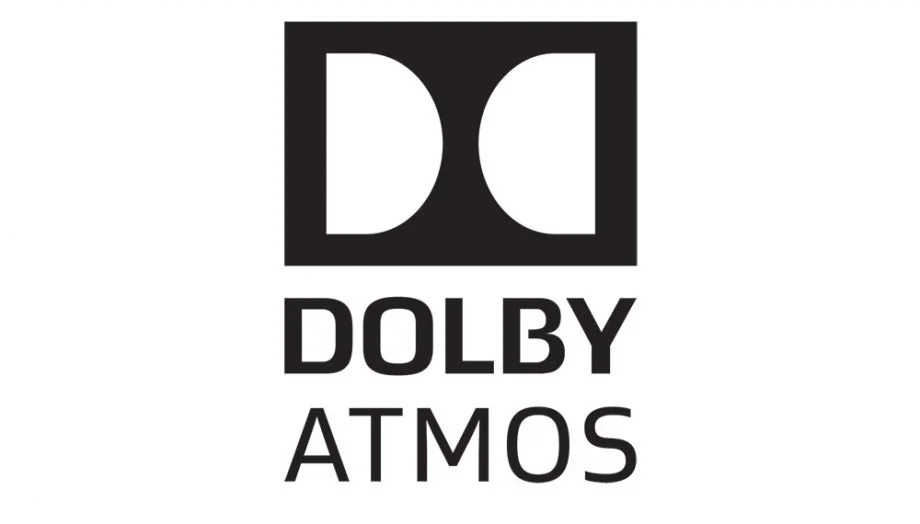Audio Focus will be on IP, Immersive at 2022 NAB Show
Personalization will also be in the mix

LAS VEGAS—Sound is part of the many different aspects of broadcasting that will be featured at the 2022 NAB Show. Two elements in particular—immersive/personalized audio and intercoms—will attract a lot of attention in Las Vegas.
A trend that is still in its relatively early days is immersive and object-based audio (OBA). Both of these, which come under the general heading of “next generation audio” (NGA), have been discussed and promoted as “the next big thing” to hit broadcast television for at least the last decade.
Dolby Atmos
This year will mark a decade since the first film in Dolby Atmos—Disney’s “Brave”—was released in cinemas, according to Mathias Bendull, vice president, Living Room, for Dolby Laboratories. “It’s incredible to see the progress we’ve made and the growing excitement from consumers and the industry demanding immersive sound experiences brought to life by spatial audio,” he said.

Today the world’s top streaming services—Apple TV+, Disney+, Netflix, and many others—deliver their most-watched movies and streaming shows in Dolby Atmos (and Dolby Vision) and Dolby Atmos devices are widely available across various price points and form factors from home theater systems to smartphones and TVs, Bendull said.
With Samsung’s recent announcement that it would support Dolby Atmos in its upcoming Micro LED and Neo QLED TV, this means all major global TV manufacturers are now delivering TVs with Dolby Atmos, according to Bendull, who added that a majority of these TVs in North America also support ATSC 3.0 tuners, which will provide consumers access to NextGen TV delivered via Dolby AC-4.
“Consumer interest in Dolby Audio technologies, such as Dolby AC-4 and Voice+, has also shaped how broadcasters promote the benefits of NextGen TV,” Bendull said. “This includes the recent NextGen TV holiday campaign, which aired commercials in participating ATSC 3.0 markets promoting the features of Dolby Audio, such as improved dialog audibility enabled by Voice + and consistent loudness.”
Dolby is also teaming up with Pearl TV to amplify these messages at the NAB Show and through consumer education and retail point of sales initiatives,” he added.
Get the TV Tech Newsletter
The professional video industry's #1 source for news, trends and product and tech information. Sign up below.
Personalization & Immersive
On the horizon, the benefits of personalized audio features like home and away commentators, multiple language support, and audio description for 5.1 and Dolby Atmos are being explored by key industry players jointly with Dolby.
There is the view, from institutions such as Fraunhofer IIS—the main developer of MPEG-H 3D Audio—that the personalization aspect of NGA is the more compelling and necessary feature, rather than immersive sound. Christian Struck, senior product manager for audio production for Lawo, comments that the current trend appears to be creating presentations—in other words, “audio stems”—that can be used for different applications whose volume levels are set by viewers at home.

“A stem-based approach means that more channels and busses are needed than for a 5.1 setup,” Struck explains. “This means the ability to set channel levels for a variety of presentations becomes paramount and a flexible array of monitoring options is required.”
On the subject of immersive audio, Struck describes it as “the perfect complement to 4K picture quality” and says it is being increasingly demanded by rights holders. “The main features for audio consoles in an immersive workflow, such as high channel counts and the bussing, monitoring and mixing infrastructure to support them, will become available in 2022.”
In terms of greater capacity on mixing consoles, at this year’s NAB Show, Lawo will be showing a 48-fader version of the mc²36 at the booth in the Central Hall. Other introductions include a software version for the mc² range, the A_UHD Ultra-High Density IP audio engine and new software features for the V_matrix routing, processing and multiviewing platform.
While sport and drama have fully embraced immersive audio—for future-proofing post-production if not for transmission at this time—there are areas that do not appear immediately well-suited to the technology.
“Our ‘bread and butter’ is TV news and it will be some time before that sector gets into the immersive environment,” comments Phil Owens, senior sales engineer at Wheatstone. Of personalization he adds, “There are a lot of levels to that. You can pick and choose different channels for things like second languages. But that’s not really immersive audio.”

At its booth in the North Hall, Wheatstone will launch Tekton 32, its latest audio over IP (AoIP) console for TV. The networked console is based on the company’s WheatNet-IP protocol that is aimed at smaller, local TV stations, which are either installing automated production systems or downsizing staff. It has 64 channels, which are layered, and motorized faders that can be controlled by the producer or director through the automation system.
Also on the subject of IP, a highlight at Calrec's booth will be a demo in which three independent consoles will be operated from a fully redundant pair of ImPulse cores; a 48 dual fader Apollo console, a 40 fader Artemis console and a headless console running Calrec Assist on a PC. The ImPulse DSP features native SMPTE 2110 connectivity and is compatible with the Calrec Assist web interface as well as Calrec’s Apollo and Artemis consoles to provide a simple upgrade path for existing Calrec customers moving to an IP domain.
It also provides 3D immersive path widths and panning for next-generation audio with height and 3D pan controls, flexible panning and downmixing built-in.
AoIP for Comms
IP is now firmly established in most areas of broadcast audio, from mixing to networking to distribution and contribution links. Another area that is now exploiting the full potential of AoIP is communications.
The major intercom manufacturers—Clear-Com, Riedel and RTS—each has its own take on the technology, while other, smaller developers, or those entering this market more recently, have put their own spin on comms through IP. These include Green-GO, Glensound, Sonifex and AEQ, all of which will be exhibiting at the show.
Clear-Com, which will be exhibiting in the Central Hall, began investing in IP technology during the mid-2000s. Product Manager Kari Eythorsson explains that this was primarily to add remote connectivity for large comms systems in an efficient way. This, of course, proved beneficial during the height of the pandemic when production teams were either operating remotely within a broadcast center or working from home.
“In TV and film production, there was a need to build bubbles for people to work within,” Eythorsson says. “It was possible to reduce the number of people in a bubble [by connecting] with simple wireless systems.” He adds that the AES67 interoperability standard has allowed for expansion of IP systems, while virtual intercoms were facilitated through linking key panels, computers or smartphones over Wi-Fi, LTE or 5G connections.
Riedel also saw IP and remote communications become more in demand because of COVID-19, with the creation of hybrid environments.

“Due to remote and virtual productions, as well as hybrid workflows, the IP connected intercom is becoming a new normal or a new requirement in projects and applications,” comments U.K. Sales Manager Nacho Lee. Despite the growing ubiquity of IP intercoms, Lee adds that more established technologies, such as matrices, still have a place in comms setups.
Audio may be a smaller percentage of the companies at exhibitions like the NAB Show but it is certainly making an impact with technologies that are significantly changing both the way people work in broadcasting and what TV services can offer their viewers.
